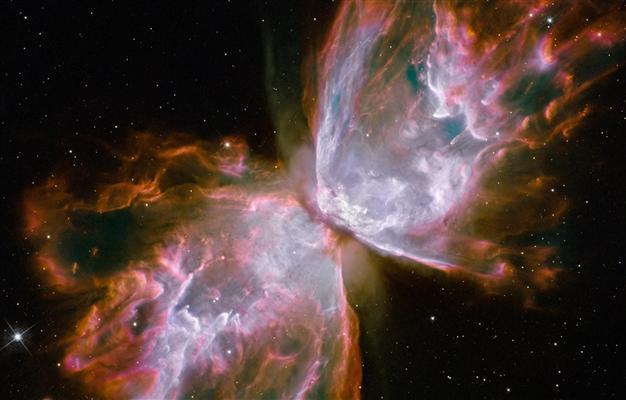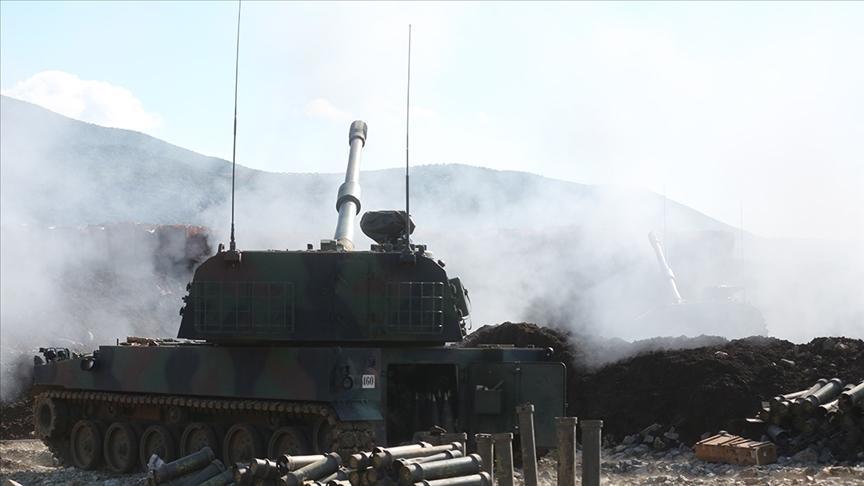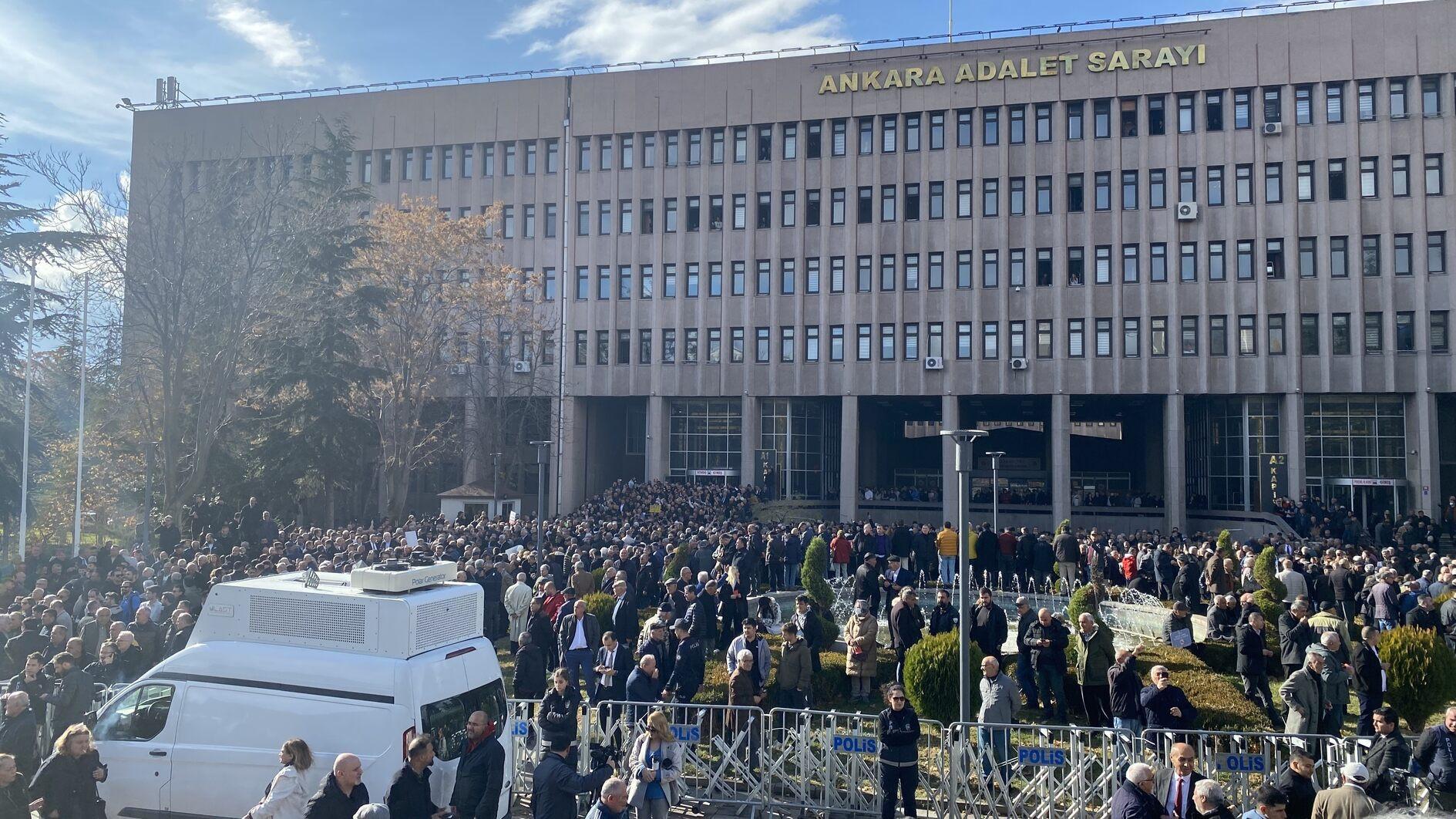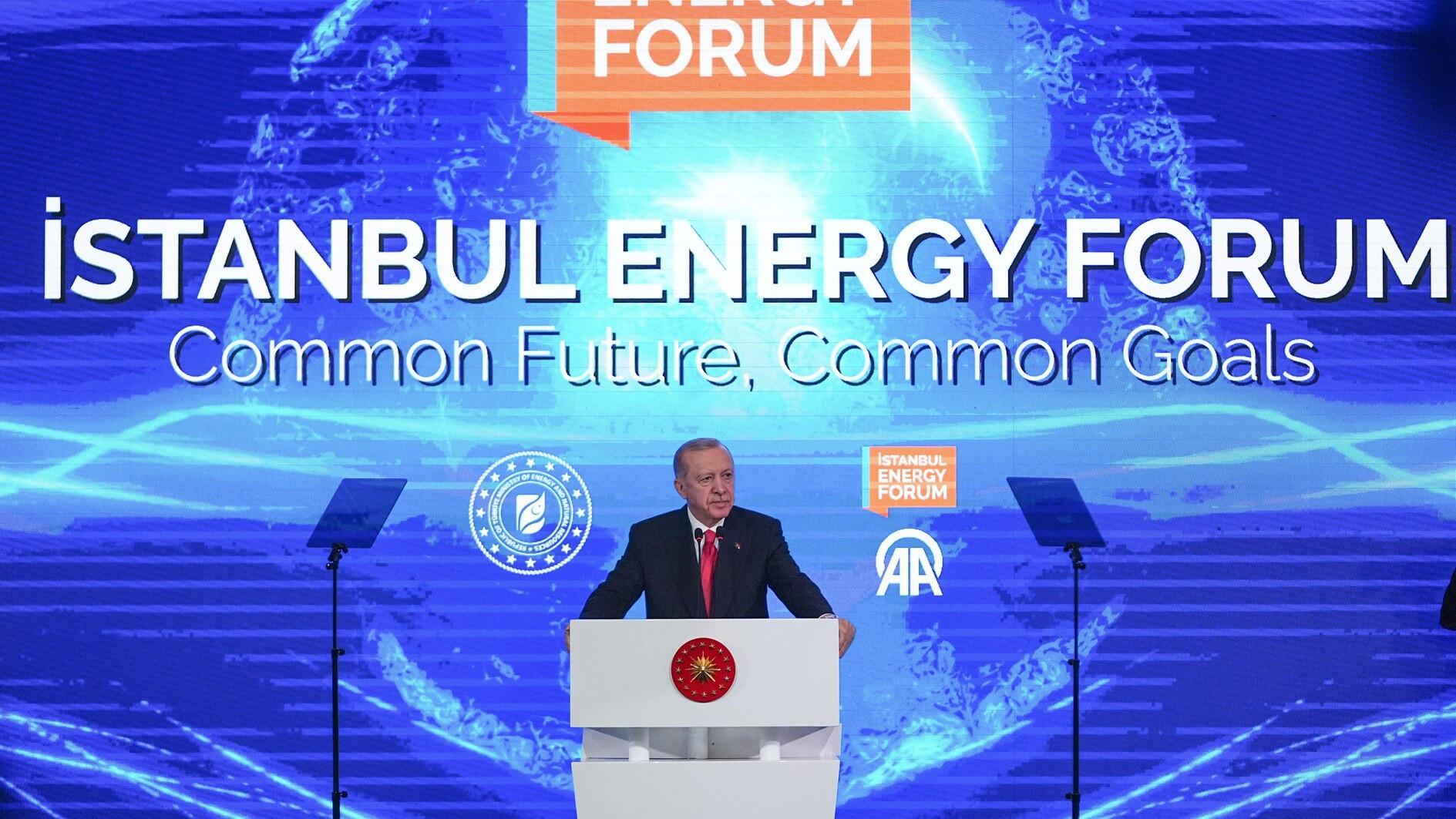NASA enlists public in hunt for asteroids
WASHINGTON - Agence France-Presse

NASA has discovered and recorded around 95 percent of the asteroids whose diameter is at least one kilometer and that can cause massive destruction. AFP photo
NASA announced a Grand Challenge on June 18 to enlist government agencies, industry, academics and citizen astronomers in the hunt for asteroids that could cause massive destruction.The US space agency said the challenge would complement another recently announced project to use a robot to redirect an asteroid into the Moon’s orbit so astronauts could visit the object and study it.
“NASA already is working to find asteroids that might be a threat to our planet, and while we have found 95 percent of the large asteroids near the Earth’s orbit, we need to find all those that might be a threat to Earth,” NASA Deputy Administrator Lori Garver said in a statement.
The challenge “is focused on detecting and characterizing asteroids and learning how to deal with potential threats,” she added. “We will also harness public engagement, open innovation and citizen science to help solve this global problem.” Grand Challenges are part of a White House strategy to set ambitious goals and mobilize scientists and the general public behind them.
“Finding asteroid threats, and having a plan for dealing with them, needs to be an all-hands-on-deck effort,” said Tom Kalil, deputy director at the White House Office of Science and Technology Policy.
Potential of asteroid threats
“The efforts of private-sector partners and our citizen scientists will augment the work NASA already is doing to improve near-Earth object detection capabilities.” The challenge also includes a request for information from private industry on how to locate, redirect and explore an asteroid, as well as planning for potential asteroid threats.
In line with a goal set by Congress in 1998, NASA has already discovered and recorded around 95 percent of the asteroids whose diameter is at least one kilometer and that can cause massive destruction.
NASA insists such collisions are quite rare and says it has detected no threats in the foreseeable future.
















